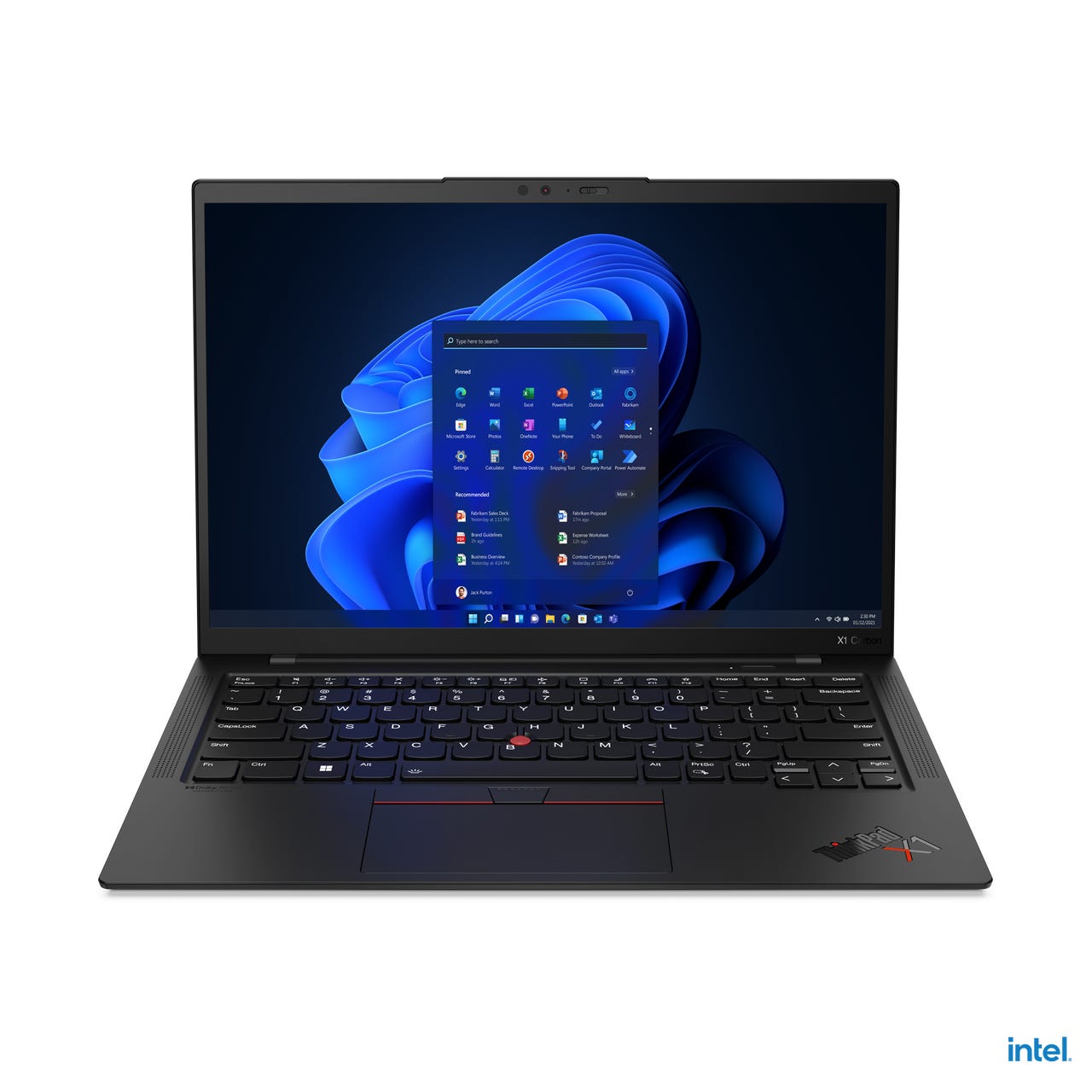'ZDNET Recommends': What exactly does it mean?
ZDNET's recommendations are based on many hours of testing, research, and comparison shopping. We gather data from the best available sources, including vendor and retailer listings as well as other relevant and independent reviews sites. And we pore over customer reviews to find out what matters to real people who already own and use the products and services we’re assessing.
When you click through from our site to a retailer and buy a product or service, we may earn affiliate commissions. This helps support our work, but does not affect what we cover or how, and it does not affect the price you pay. Neither ZDNET nor the author are compensated for these independent reviews. Indeed, we follow strict guidelines that ensure our editorial content is never influenced by advertisers.
ZDNET's editorial team writes on behalf of you, our reader. Our goal is to deliver the most accurate information and the most knowledgeable advice possible in order to help you make smarter buying decisions on tech gear and a wide array of products and services. Our editors thoroughly review and fact-check every article to ensure that our content meets the highest standards. If we have made an error or published misleading information, we will correct or clarify the article. If you see inaccuracies in our content, please report the mistake via this form.
Lenovo's new ThinkPad X1 laptops are designed for videoconferencing


Lenovo new ThinkPad X1 laptops include the X1 Carbon 10th Gen.
Lenovo on Wednesday unveiled the ThinkPad X1 family of laptops, designed for hybrid workers and professionals who need high-quality audio and video capabilities for to collaborate and communicate.
The new devices include the X1 Carbon 10th Gen, X1 Yoga 7th Gen and X1 Nano 2nd Gen.
Lenovo
Key features of the new devices include a newly-designed communications bar that houses a superior quality lens and camera, as well as quad-array 360-degree far-field microphones. Lenovo has also added Dolby Voice with its latest noise-cancelling technology.
"It almost goes without saying, but video conferencing software has limited value without the underlying hardware to provide good, noise-free, data streams -- quality lenses, camera sensors and microphone hardware are all critical to a great remote experience," Lenovo VP Jerry Paradise said in an email to ZDNet. "We've all been on calls over the last 20 plus months where the flow of the meeting is disrupted because someone's audio is breaking up or their camera is not of the quality needed to see them well or what they are trying to demonstrate."
The devices are powered by the latest Intel vPro with 12th Gen Intel Core processors and Windows 11. Meanwhile, Lenovo's ThinkShield security is complemented by new Computer Vision (CV) technology that improves user presence detection for what Lenovo calls "smarter" privacy.
The computer vision technology available in select models of the latest ThinkPad X1's uses a Neural Processing Unit (NPU) that generates metadata from the integrated camera based on known recognition and AI algorithm modeling. The NPU is a CrosslinkNX-17 FPGA with sensAI technology and has been co-engineered with Lattice Semiconductors.
The technology offers Human Presence Detection that recognizes humans and their intention to use the PC instead of a passing colleague in the office or a cat at home. Consequently, it will only wake up and unlock for them.
To save power, the computer vision can also turn off or dim the display when the user looks away from the monitor for a preset amount of time, improving energy efficiency and adding an extra layer of privacy while working in public places.